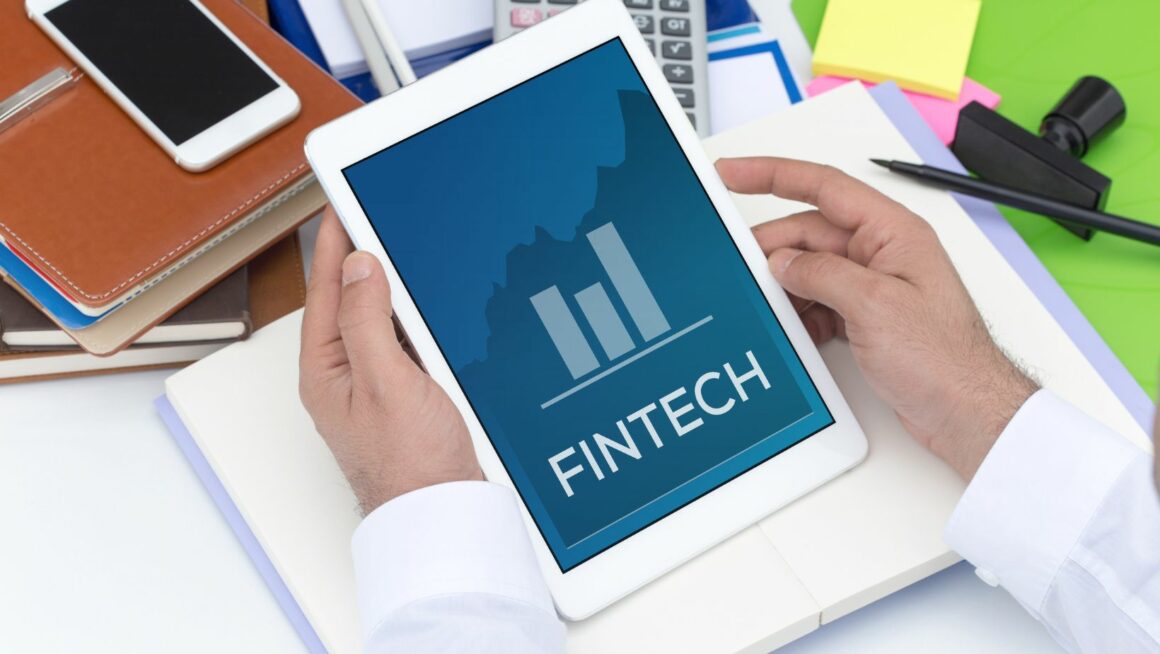In a world where digital transactions are becoming the norm, fintech payment solutions are reshaping the way we handle our finances. They’re not just a trend, they’re a revolution that’s making transactions faster, more secure, and incredibly convenient.
As an expert in the field, I’ve witnessed the evolution of fintech firsthand. From mobile wallets to blockchain technology, the landscape is ever-changing and exciting. In this article, we’ll delve into the world of fintech payment solutions, exploring their benefits and the innovations driving this digital transformation.
 So, if you’re curious about the future of finance or simply looking to streamline your transactions, you’re in the right place. Let’s decode the complexities of fintech payment solutions together.
So, if you’re curious about the future of finance or simply looking to streamline your transactions, you’re in the right place. Let’s decode the complexities of fintech payment solutions together.
In the fabric of today’s world, fintech payment solutions craft an impressive pattern. The features in this pattern represent financial freedom, increased efficiency, and user-friendly transactions. To comprehend this vast, dynamic landscape better, let’s dive deeper with two H3 subtopics: the definition and the evolution of fintech payment solutions.
Fintech Payment Solutions
Unmask the term “fintech payment solutions,” you’d find two components – financial technology and payment solutions. Essentially, fintech payment solutions represent the use of innovative technology to facilitate financial transactions. It’s an umbrella terminology encompassing several technologies, such as mobile payments, blockchain platforms, and peer-to-peer transfer apps, just to name a few. A great example of an innovative fintech software is a global payment solutions for independent contractors. This service is designed for companies that work with remote and globally dispersed employees, it aims to simplify and streamline the process of hiring and paying independent contractors regardless of the geographical limitations.
Evolution and History of Fintech Payment Solutions
In the late 20th century, fintech emerged as a word familiar only within finance and tech circles. Digital technology then colored the landscape, gradually transforming how humans interact with money. Do you remember the thrilling days of dial-up Internet? Those were the early stages of fintech implementation, with services like online banking marking the initial phase.
 With the advent of smartphones in the early 21st century, fintech took its next giant leap into our daily lives. In an era marked by app stores and mobile devices, money became not just an object, but an experience. From the convenience of apps like PayPal and Venmo to the revolutionary technology of Bitcoin and Blockchain, fintech payment solutions continue to redefine our financial interactions in countless ways.
With the advent of smartphones in the early 21st century, fintech took its next giant leap into our daily lives. In an era marked by app stores and mobile devices, money became not just an object, but an experience. From the convenience of apps like PayPal and Venmo to the revolutionary technology of Bitcoin and Blockchain, fintech payment solutions continue to redefine our financial interactions in countless ways.
At last, fintech payment solutions march on a road paved by innovation – a road that promises to steer us towards even more fascinating financial horizons. From lesser reliance on paper money to instantaneous global transactions, fintech opens up a realm of possibilities that transform the concept of ‘money’. A reflection of more than just currency, it’s an ingrained part of our culture and our future. And as we continue on this journey, it’s essential to keep abreast of every twist and turn of this exciting road.
Benefits of Fintech Payment Solutions
As we further wade into the fascinating world of fintech payment solutions, understanding their benefits becomes crucial. From simplifying transactions, enhancing security, to making payments cost-effective, fintech truly is changing the financial landscape.
Simplified Transactions
I find that one of the standout advantages of fintech payment solutions, namely blockchain technologies and mobile payment apps, lies in their ability to simplify transactions. Traditional banking systems entail various paperwork and extensive manual processes. Conversely, fintech payment solutions boast immediate transfer services and easy-to-use platforms, pacifying such complications. With these electronic solutions, transactions are handled swiftly, even for cross-border cases. For example, the likes of PayPal and Venmo allow for instantaneous transfers, removing the hassle associated with standard banking.
Improved Security
Stepping up in technology should not compromise on security – fintech solutions echo this statement. Major fintech platforms leverage robust security measures including encryption, secure sockets layer (SSL) certificates, and two-factor authentication to ensure the safety of transactions and customer data. To put this in perspective, Google Pay and Apple Pay employ tokenization to replace account details with digital IDs, thus reducing the risk of financial data theft.




